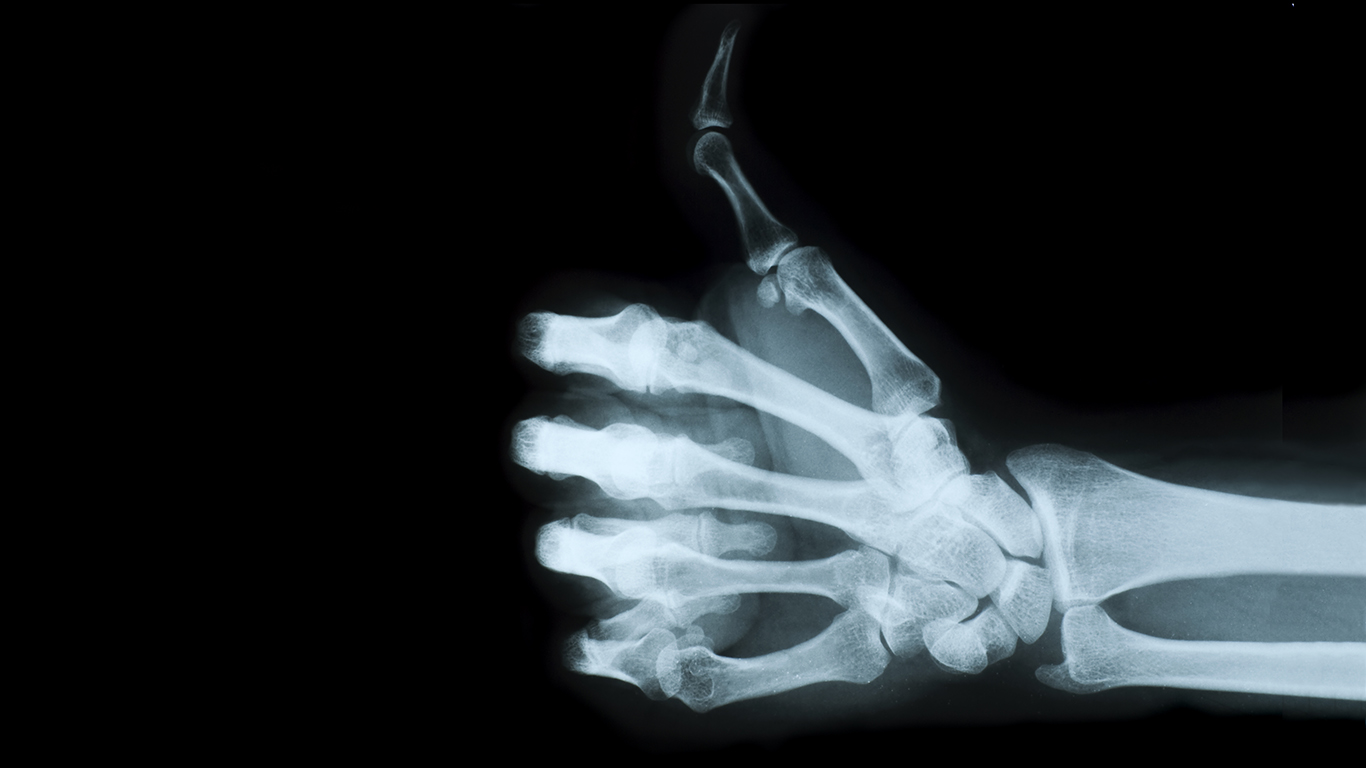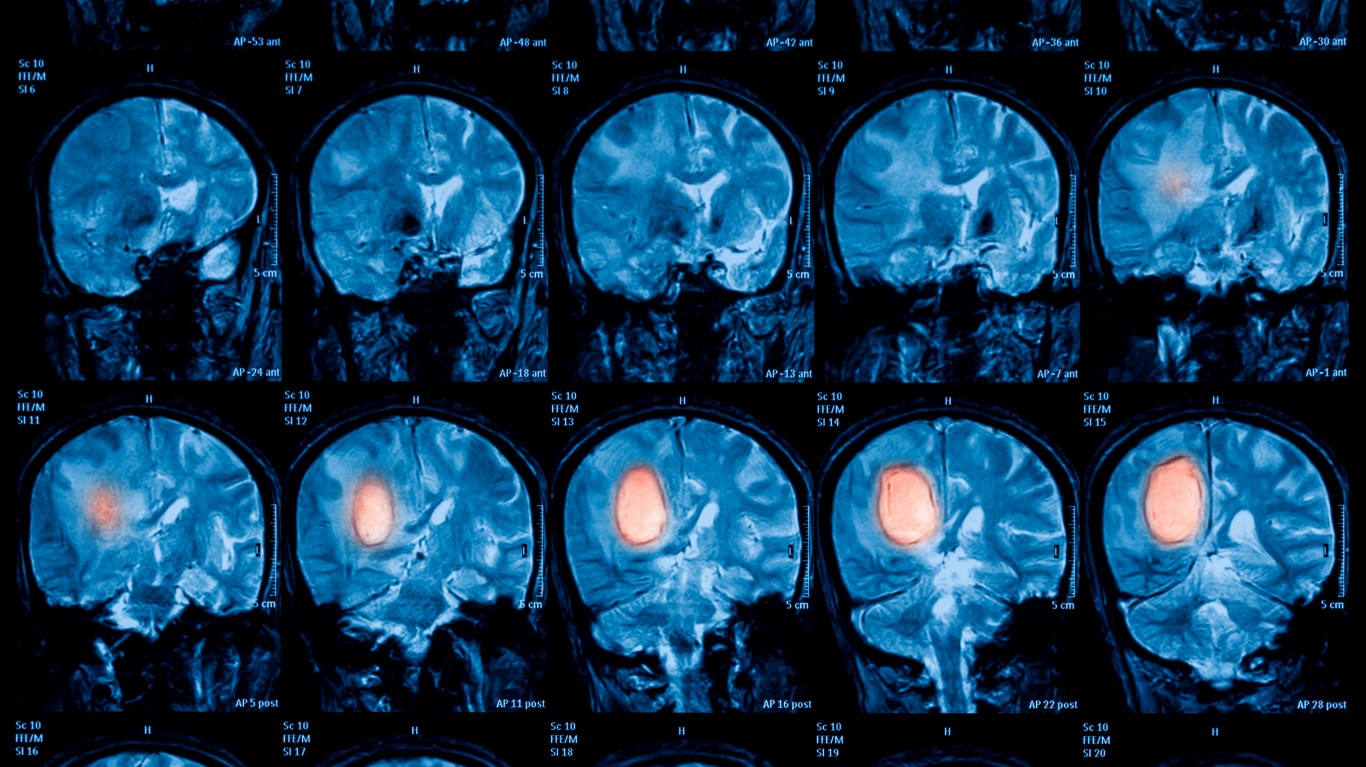
Cancer patients are living longer today due to early detection and better treatment options. The number of cancer diagnoses, however, is increasing and is expected to rise to nearly 23.6 million by 2030, according to the National Cancer Institute. Part of the reason is that the population is aging, and age is one of the biggest risk factors for cancer.
The sooner a cancer is diagnosed the better the odds of beating it. The problem is that many cancers, regardless of where they originate, often have non-specific symptoms, such as fatigue, that people ignore.
24/7 Tempo reviewed information from the Centers for Disease Control and Prevention and the American Cancer Society and spoke to several oncologists to determine the most common symptoms in the most common cancers in men and women.
It’s very important to remember that while all warning signs should be examined, most of the time they are caused by a condition other than cancer, Dr. Ronald Alvarez, chairman and clinical service chief of Obstetrics and Gynecology at Vanderbilt University Medical Center, explained.
“Cancer symptoms are vague, but they will almost never appear in isolation.” They will be persistent, recurring, and will worsen over time, he added.
Nationwide, in 2016, the latest year for which data is available, 436 new cancer cases were diagnosed for every 100,000 people. In the U.S., approximately 40 out of 100 men and 38 out of 100 women will develop some form of cancer during their lifetime. These are the states with the highest and lowest cancer rates.
Click here for 20 persistent symptoms that can mean cancer

Bloating
> Commonly associated cancers: Ovarian, breast, pancreatic, colon, stomach cancer
“Bloating is the most common very early sign of ovarian cancer,” said Dr. Nicholas Tarricone, a gynecologist and the chair of the Department of Obstetrics and Gynecology at ProHEALTH Care in Rockville Centre, New York. “Even fatigue shows up later.” The bloating in the very early stages of the disease is actually gas building up in the abdomen as a result of the tumor growing and causing local inflammation. Bloating is also associated with cancers of the pancreas, colon, and stomach.
[in-text-ad]

Abdominal pain
> Commonly associated cancers: Stomach, kidney, ovarian, pancreatic
Kidney cancers in their early stages are often found incidentally, said Dr. Amy Luckenbaugh, a urologic oncologist at Vanderbilt University Medical Center in Nashville, Tennessee. It usually happens when patients go to check out abdominal pain they may be feeling. Kidney lumps are hard to feel because the kidneys are located deep in the abdomen, but they may cause pain.

Coughing
> Commonly associated cancers: Lung, larynx, upper respiratory tract
A dry persistent cough is usually a symptom of a respiratory tract infection. It may also be a sign of an allergy. However, a cough that lasts several weeks and only seems to be getting worse may be a sign of lung cancer, one of the most common cancers in both men and women, according to the CDC. The cough may be caused by the tumor stimulating receptors in the airways, or by the inflammatory response of the body, which also stimulates the airways. Lung cancer is associated with a build-up of fluid in the chest cavity, which can also cause a persistent cough. Coughing up blood may also be a symptom of lung cancer and is not a good sign regardless of the underlying disease.
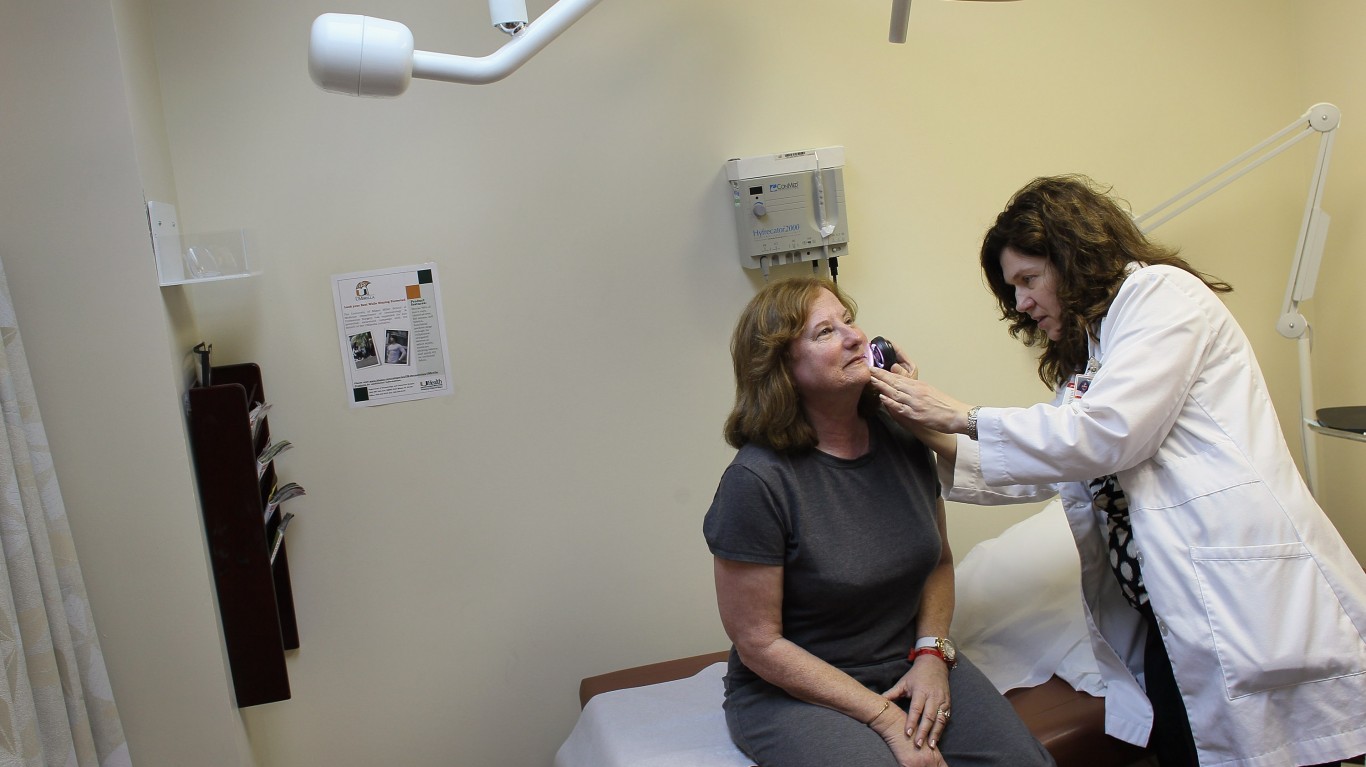
Change in mole appearance
> Commonly associated cancers: Skin
Skin cancer is the most common type of cancer among both men and women, and moles are a good way of detecting it. Any changes in size, color, shape, or the surface of a mole, as well as the appearance of any new spots or new swelling beyond the borders of the mole, should be checked out. Most often, cancer detected through mole changes is at an earlier stage and is more easily treatable.
[in-text-ad-2]

Early satiety
> Commonly associated cancers: Stomach, ovarian, pancreatic
What makes some cancers difficult to detect at an early stage is the fact that they don’t often cause symptoms when they begin to form. An early signal of ovarian cancer, however, can be a sense of fullness after eating just a little bit, according to Alvarez, chairman and clinical service chief of Obstetrics and Gynecology at Vanderbilt University Medical Center.
Early satiety can also be a sign of stomach cancer. The tumor pushes on the intestine, which pushes the stomach resulting in less space for food.

Persistent cramping
> Commonly associated cancers: Colon, ovarian, endometrial
Abdominal discomfort such as cramping and gas pain may be a sign of colon cancer if it is persistent and gets worse over time. When these symptoms occur, the cancer is usually advanced. Because most symptoms of colon cancer don’t normally appear until the tumor has spread, and because more young people are diagnosed with the disease, the American Cancer Society recommends screening for colon cancer to start when people turn 45.
[in-text-ad]
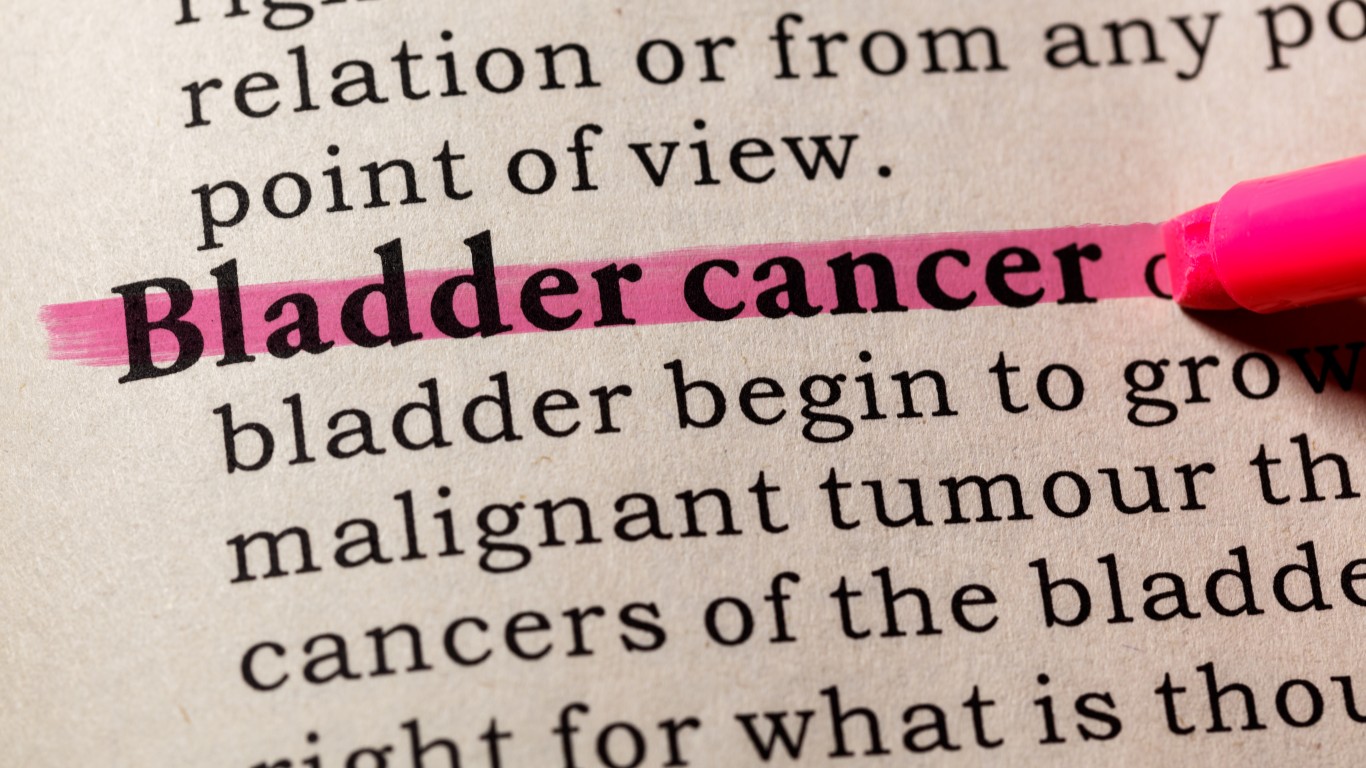
Pressure on bladder
> Commonly associated cancers: Bladder, ovarian
Feeling pressure or pain in the bladder that isn’t going away after a week or two is a more specific sign of ovarian cancer, Alvarez said. The pain is likely caused by the tumor or fluid in the abdomen that has built up because of the tumor. “When it’s cancer, abdominal pain and pressure on the bladder tend to happen together,” Alvarez said.
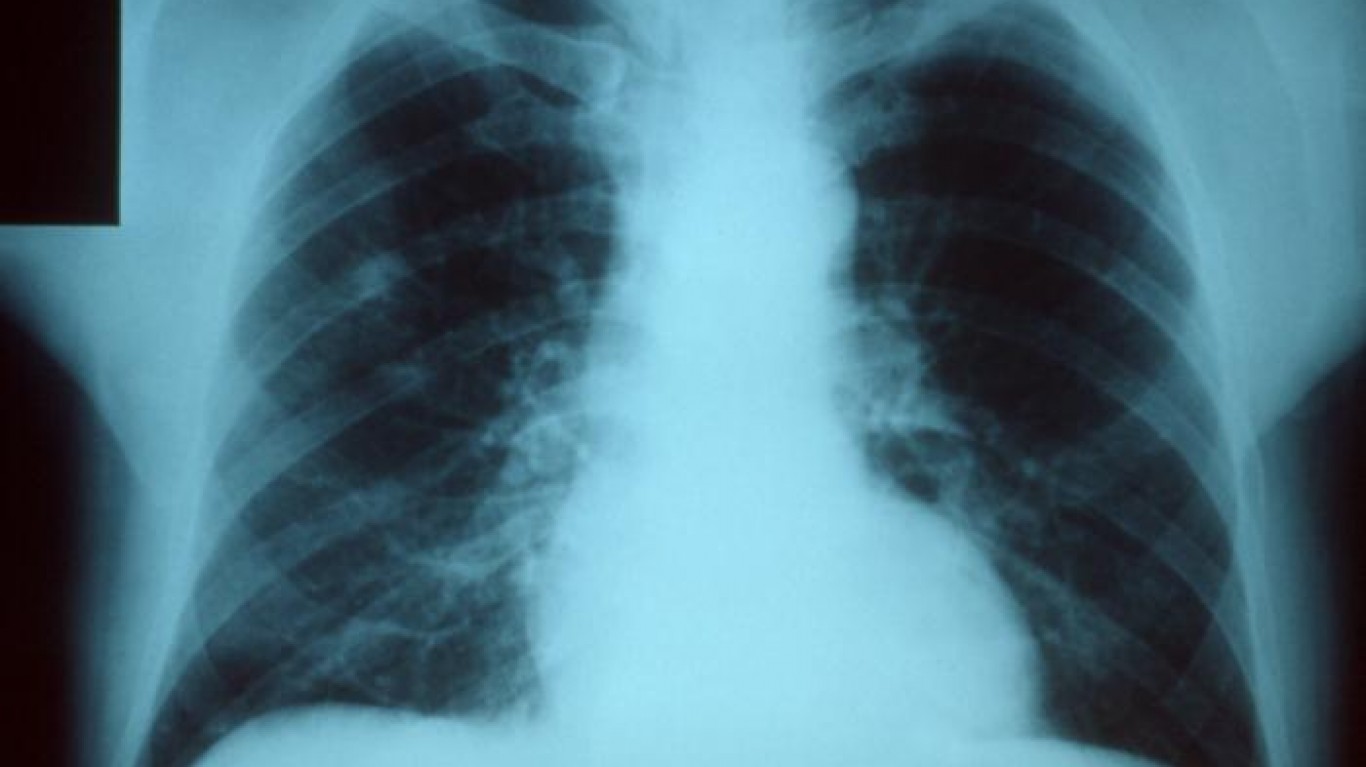
Frequent respiratory infections
> Commonly associated cancers: Lung
Lung cancer is very common but it is rarely detected early. The symptoms are too vague. One symptom may be bronchitis or pneumonia that don’t seem to go away, as the tumors in the lungs may block the airway, causing frequent infections.

Persistent exhaustion
> Commonly associated cancers: All cancers
Being tired and having low stamina is a symptom of many chronic conditions. Cancer-related fatigue won’t be the only symptom of the condition, Alvarez explained. The feeling of exhaustion in cancer patients is different than feeling tired from not getting enough sleep or working too much. People with cancer feel very weak or drained. Rest can help for a short time, but even a light physical activity is exhausting, according to the American Cancer Society.
[in-text-ad-2]

Abnormal bleeding
> Commonly associated cancers: Gynecologic cancer
Many women’s first sign of uterine cancer, or at least the first symptom they actually notice, is abnormal vaginal bleeding. Regardless of whether it’s just spotting, a watery and blood-streaked flow, or heavy bleeding, it should be investigated especially if it occurs during or after menopause, Alvarez said. Irregular bleeding is also a common sign of cervical cancer, he added. It may occur between menstrual periods or after sex.

Unexplained weight loss
> Commonly associated cancers: Most cancers
Weight loss is a common symptom in many cancers, but it’s more common in later stages, Alvarez said. Unintentional weight loss, especially if it occurs simultaneously with other possible symptoms, may specifically be a sign of uterine cancer, he noted. The body produces cytokines to fight the disease and they may lead to loss of muscle and decreased appetite.
[in-text-ad]

Pain in any part of the breast
> Commonly associated cancers: Breast cancer
It’s important to know how the breasts normally feel and look because any changes in size or appearance — swelling, redness, lumps, or nodes — should be investigated, according to the American Cancer Society. Breast pain — when a tumor pushes into a nearby healthy tissue — is not very common at the early stages of the disease, but it’s one of the first signs in women with inflammatory breast cancer, a rare but rapidly developing type of cancer.
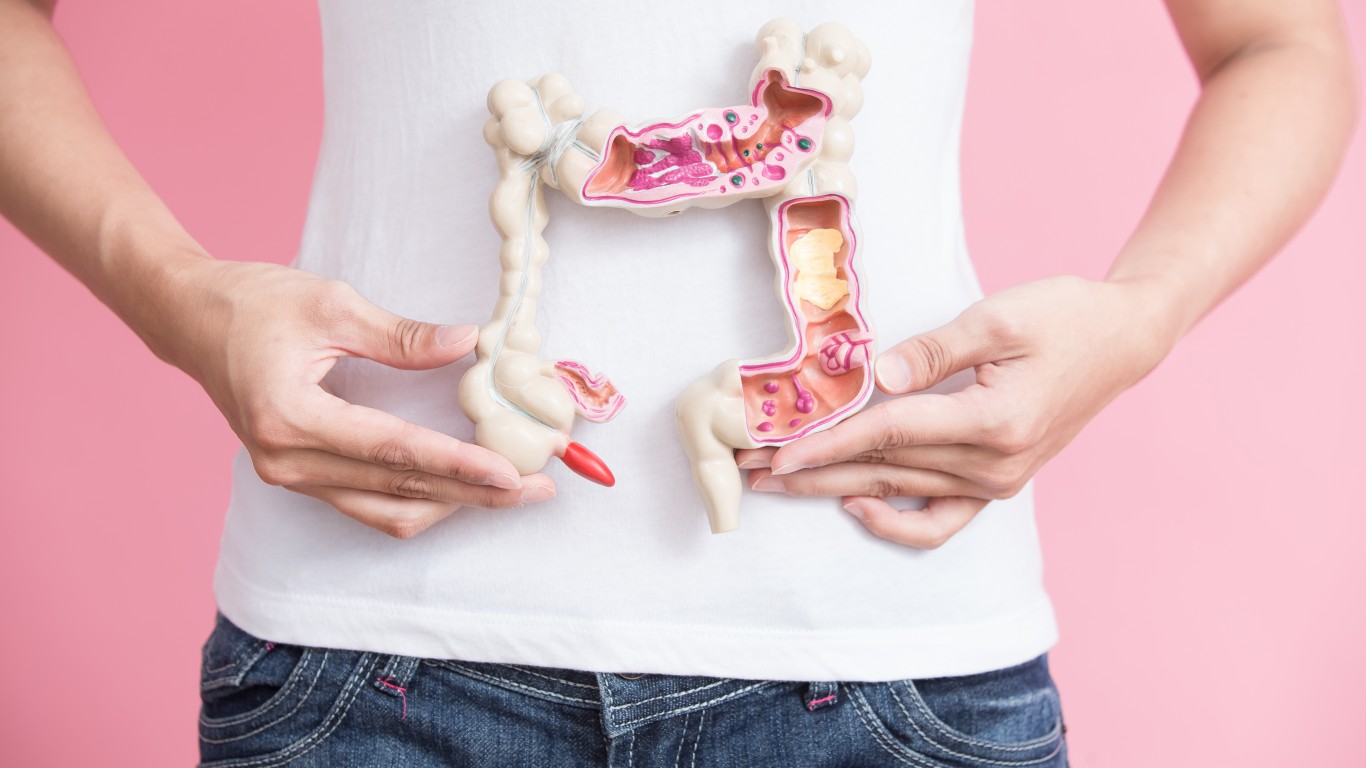
Changes in bowel movements
> Commonly associated cancers: Ovarian, colon, stomach
Constipation or diarrhea may also be a sign of colon cancer. After spreading to the colon or from the formation of ascites, ovarian cancers can cause narrowing of the bowel and lead to constipation. The fluid buildup may be putting pressure on the bowel, making it hard for stool to pass. It is also possible for some women with ovarian cancer to suddenly develop severe constipation that alternates with diarrhea.

Back pain
> Commonly associated cancers: Spinal, colon, ovarian, lung
Back pain tends to not appear in isolation from other symptoms when the cause is cancer, Alvarez said. “As a sole symptom, the reason for it is probably stress.” Back pain may develop in women with ovarian cancer due to fluid buildup in the pelvic area, especially if the uterus is tipped backwards, according to Tarricone.
As an early sign, back pain is common in spinal tumors. The pain may spread to other parts of the body and get worse at night. Although rare, back pain may be an indication of colon cancer, and lower back pain of kidney cancer.
[in-text-ad-2]

Blood in urine
> Commonly associated cancers: Bladder, kidney, prostate
Blood in the urine, whether clearly visible or only visible under a microscope, may be an early sign of bladder cancer, Luckenbaugh explained. There may be blood even if the color of the urine appears normal. The blood may be present one day and then disappear, but if it’s cancer, it’ll reappear, according to the American Cancer Society. Kidney cancer may also cause blood in the urine.

Pelvic pain
> Commonly associated cancers: Gynecologic cancer, bladder cancer
Bladder cancer is one of the most common urological cancers, almost all of which are more common in men, Luckenbaugh explained. Pelvic pain may be a sign of bladder cancer when it’s advanced. When the tumor is too big it may block the kidneys causing back pain, Luckenbaugh added. Pelvic pain may also be a sign of ovarian or cervical cancer.
[in-text-ad]
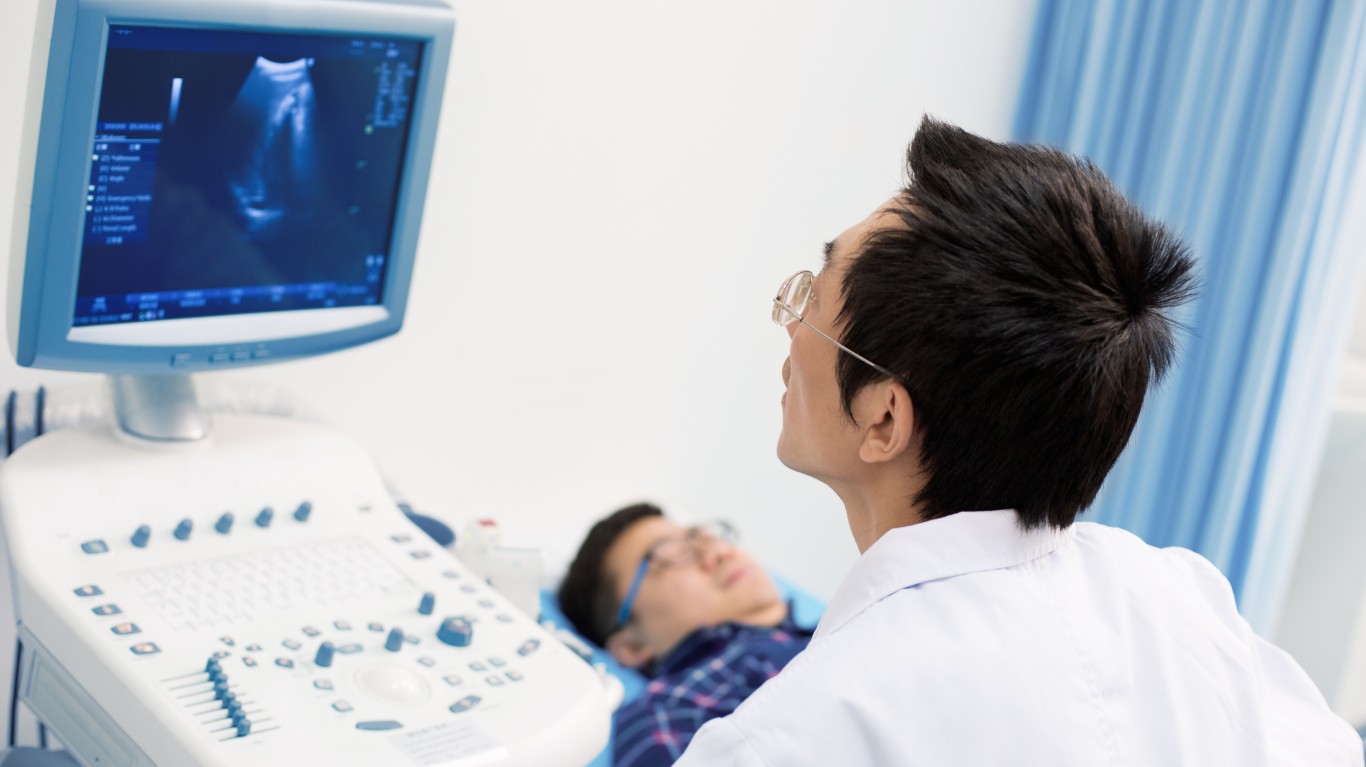
Difficulty or discomfort urinating
> Commonly associated cancers: Bladder, prostate
The symptoms of prostate cancer, especially at an early stage, can be similar to symptoms common among many men as they age, including loss of bladder control, more frequent urges to go to the bathroom, and the inability to empty the bladder entirely (which may also be a sign of colon cancer). Men with prostate cancer often experience difficulty urinating because the prostate may be pressuring the urethra. Most of the time, however, these symptoms are due to an infection, Luckenbaugh noted.

Change in breast color
> Commonly associated cancers: Breast cancer
A change in the color of the skin of the breast, areola, or nipple may be an early sign of breast cancer. The color may change to pink, red, and even purple. It may look like bruising. Some people dismiss it, but it’s a common symptom of inflammatory breast cancer.

Hoarseness
> Commonly associated cancers: Lungs, larynx
Most of the time, hoarseness is caused by inflammation of the vocal cords brought on by an upper respiratory tract infection, and sometimes by using your voice — speaking, singing, yelling — too much. Persistent hoarseness, however, may be a sign of larynx or lung cancer, as well as of thyroid cancer.
[in-text-ad-2]
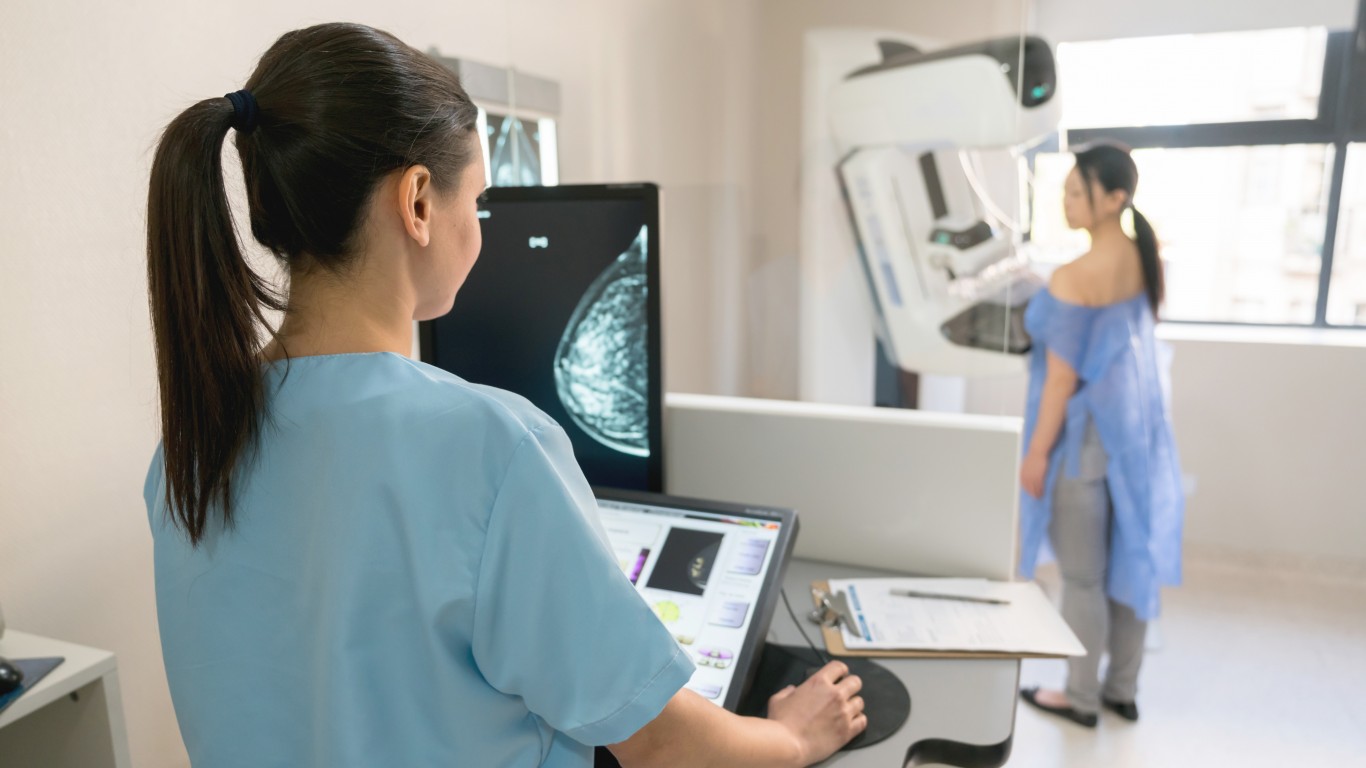
Breast lump
> Commonly associated cancers: Breast cancer
A lump or a mass in the breast, even if it’s too small to cause any changes, is one of the first signs of breast cancer. The lump can be painless, hard, uneven, soft, tender, or round. While many symptoms of cancer are vague and may be signs of any number of ailments, breast lumps are relatively reliable signs of a cancer diagnosis down the road. In a 2020 study published in the Lancet examining almost 8,000 people with non-screen detected cancers, breast lump was the most common presenting symptom and consistently associated with increased odds of advanced breast cancer.
Credit Card Companies Are Doing Something Nuts
Credit card companies are at war. The biggest issuers are handing out free rewards and benefits to win the best customers.
It’s possible to find cards paying unlimited 1.5%, 2%, and even more today. That’s free money for qualified borrowers, and the type of thing that would be crazy to pass up. Those rewards can add up to thousands of dollars every year in free money, and include other benefits as well.
We’ve assembled some of the best credit cards for users today. Don’t miss these offers because they won’t be this good forever.
Flywheel Publishing has partnered with CardRatings for our coverage of credit card products. Flywheel Publishing and CardRatings may receive a commission from card issuers.
Thank you for reading! Have some feedback for us?
Contact the 24/7 Wall St. editorial team.
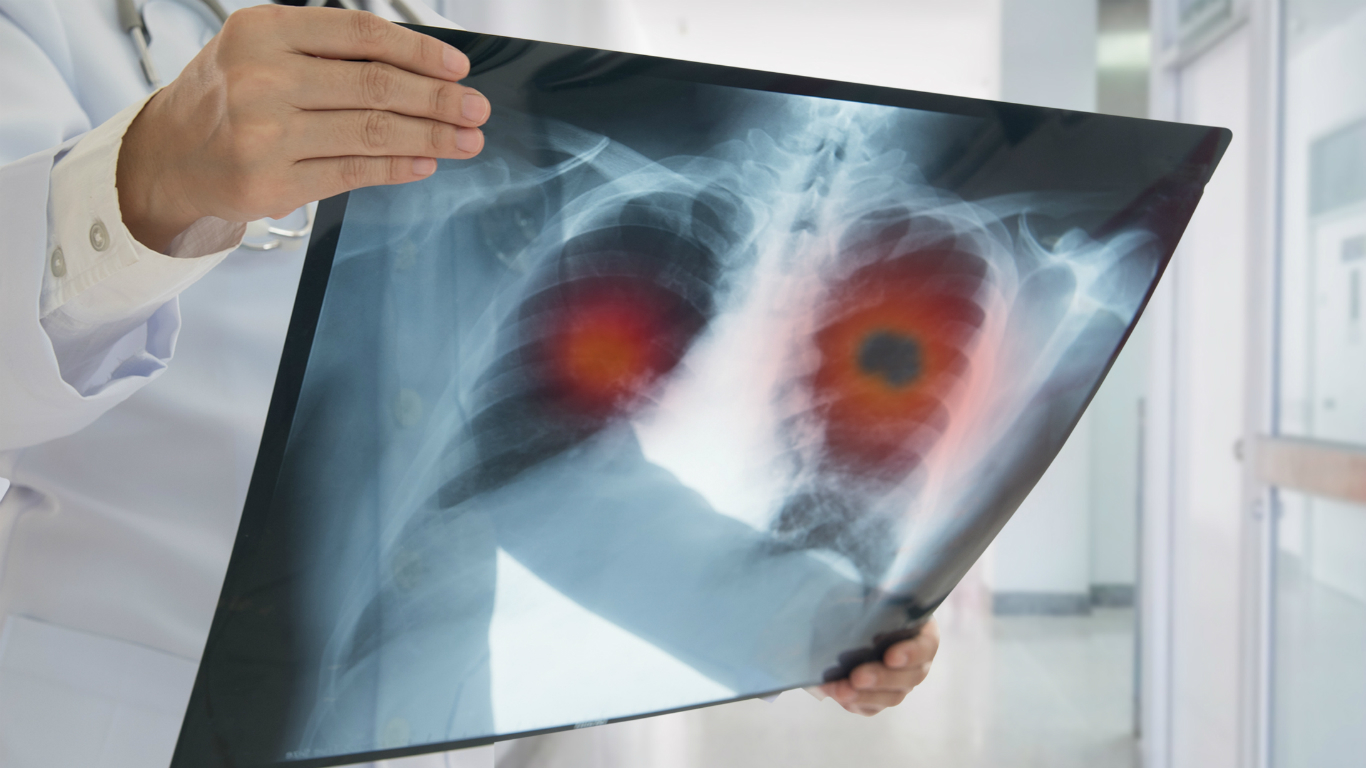 24/7 Wall St.
24/7 Wall St.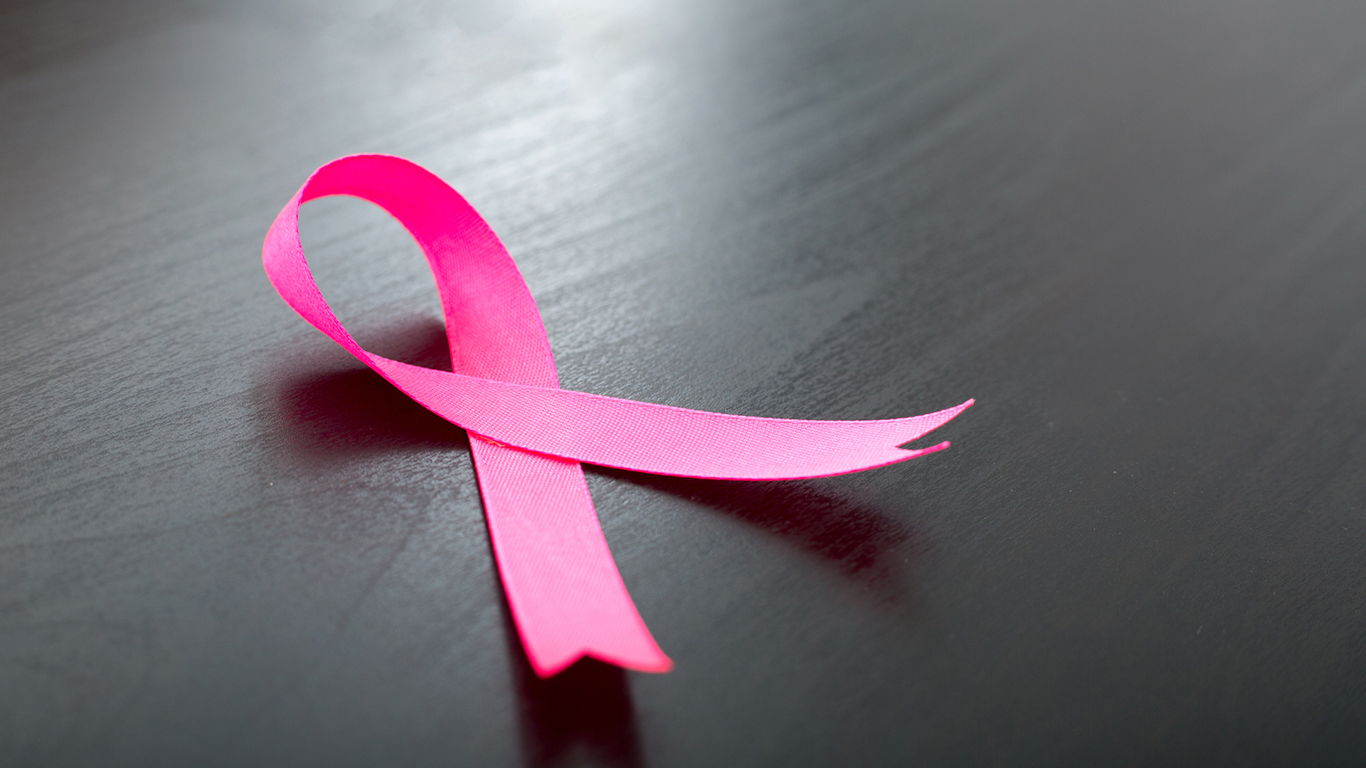 24/7 Wall St.
24/7 Wall St.

